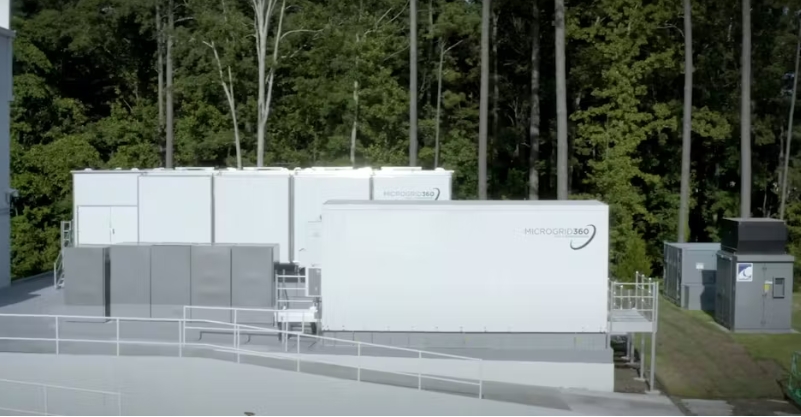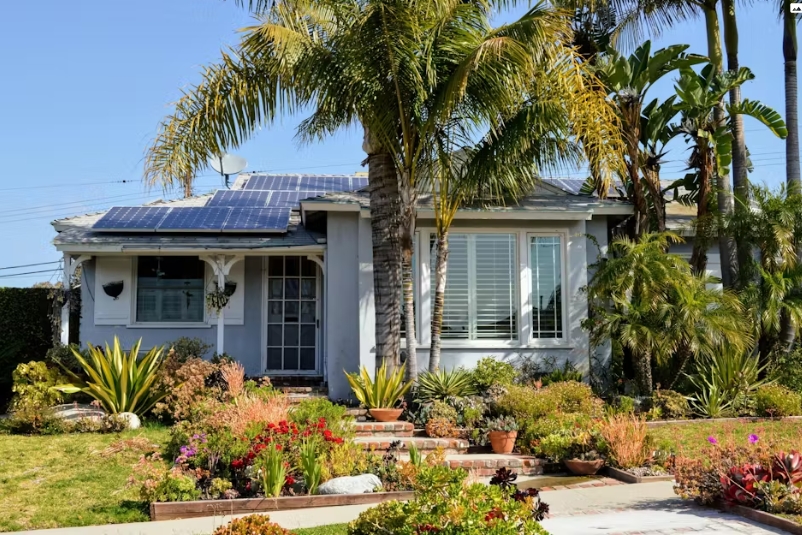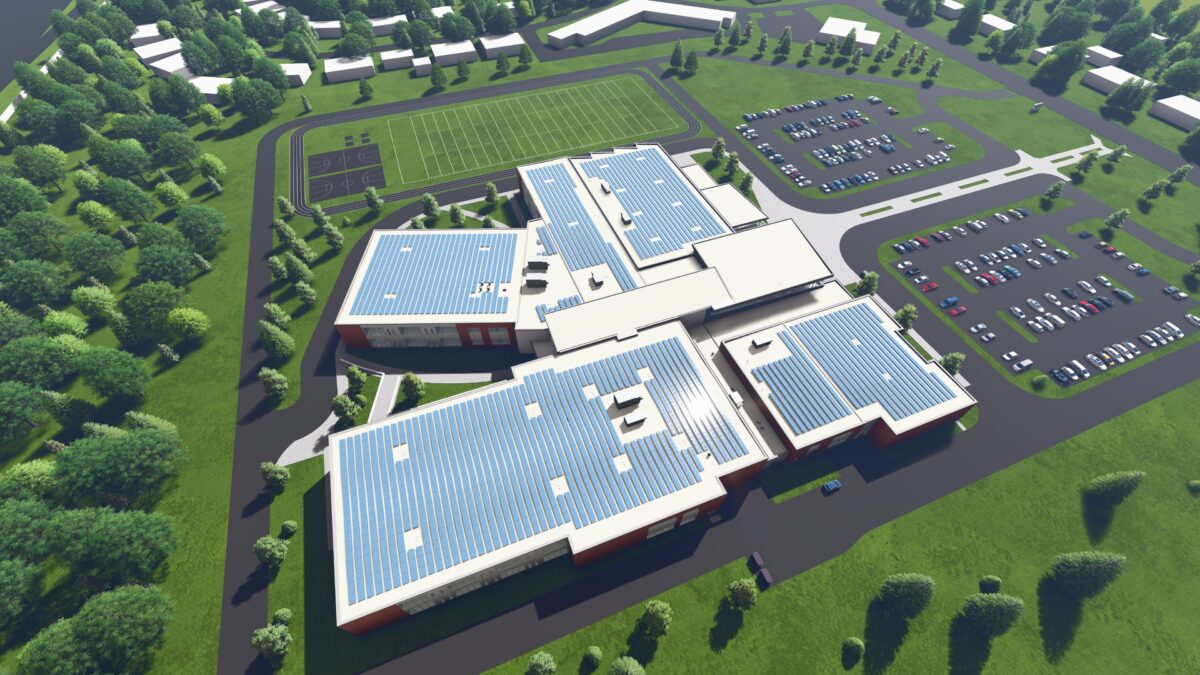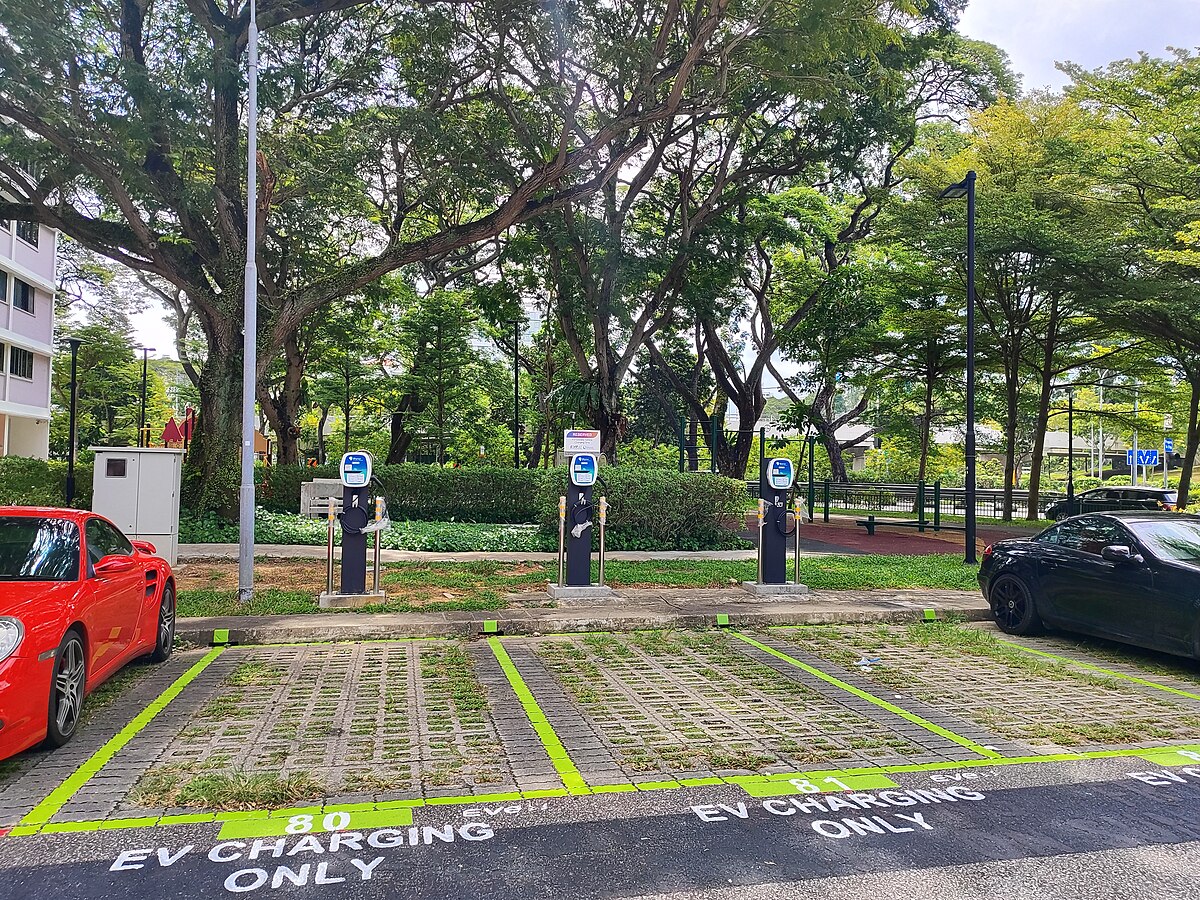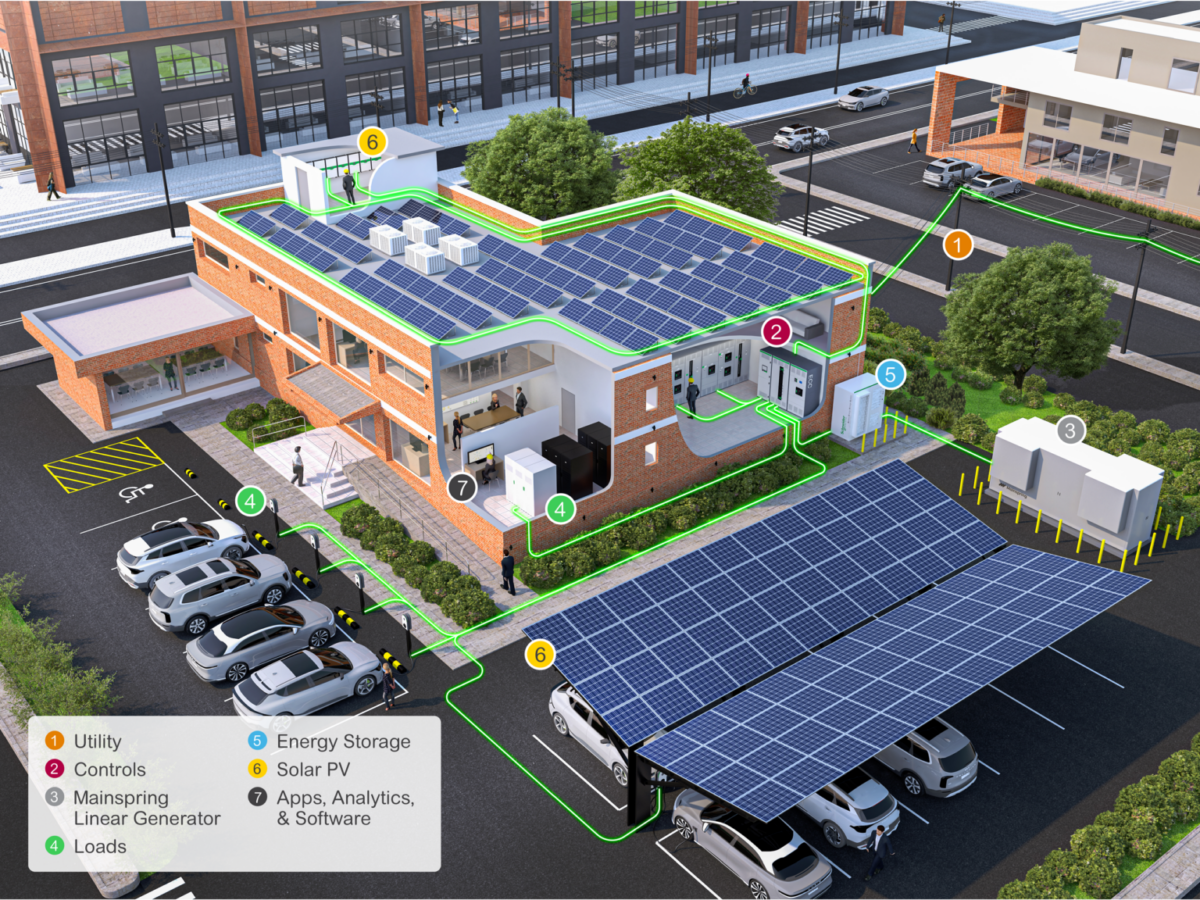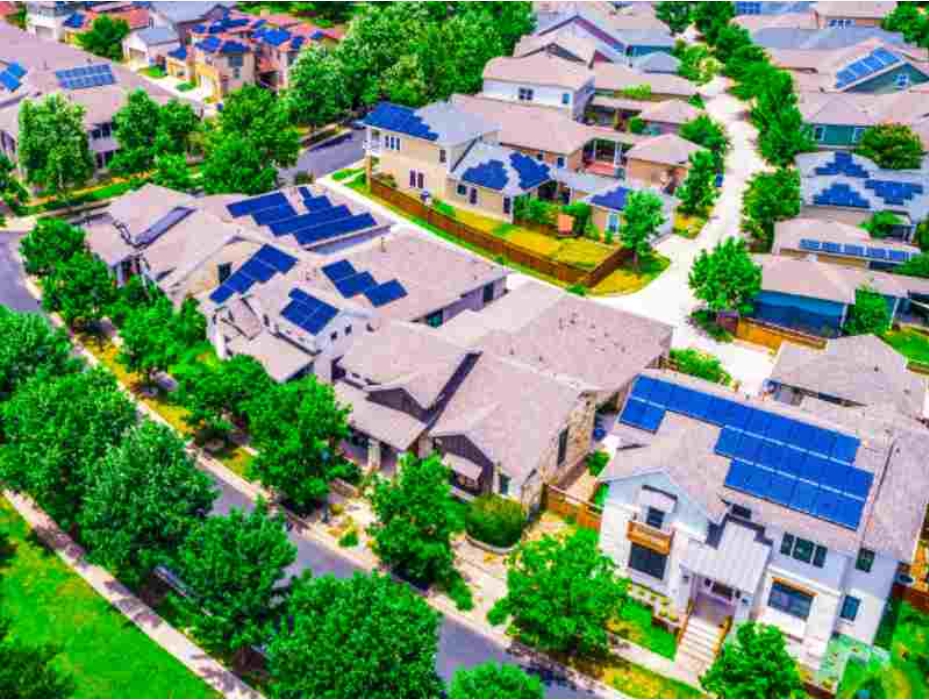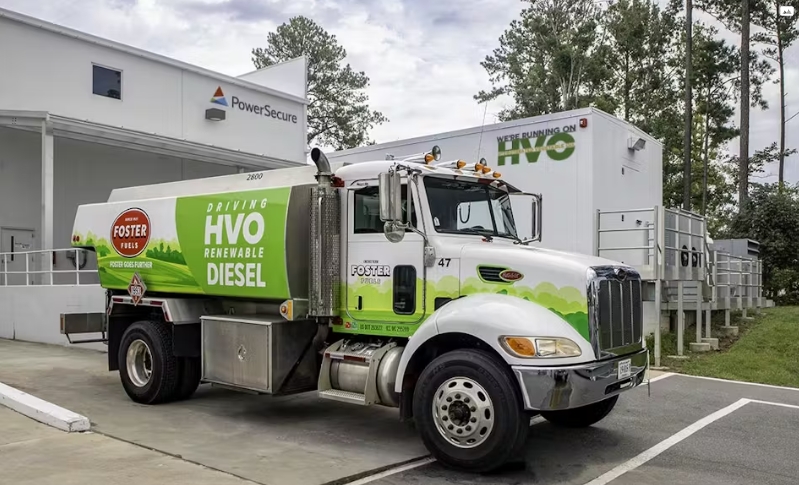Distributed fossil fuel generation accounted for 86% of installed microgrid capacity in the US in 2019, according to a new report issued by Wood Mackenzie.

The US has deployed 546 new microgrid projects in 2019, setting a new record in installations made within a year.
Sixty-seven per cent of installations were made by three organisations including PowerSecure, Enchanted Rock and The American Red Cross.
Although 2019 was a record year, annual microgrid capacity installations were down by 7% from 2018.
Wood Mackenzie’s outlook of the US microgrid market through 2025 is more conservative due to coronavirus impacts.
The first half of 2020 was the slowest start to the year for the microgrid market since 2016.
Shelter-in-place orders and social distancing have already delayed permitting, engineering, construction and interconnection processes for developing microgrids.
Isaac Maze-Rothstein, an analyst with Wood Mackenzie, said: “Most of the systems installed last year were below 5MW. This is part of a larger trend we are seeing. The market has shifted from being led by projects above 5MW pre-2017 to smaller systems starting in 2017. Technology-neutral microgrid developers are taking notice and developing more modular designs.”
“Although most of the power distributed via microgrids came from fossil fuel generation last year, we believe that microgrids in the US will become increasingly reliant on renewables technologies. Through our five-year forecast we are optimistic that solar, wind, hydropower and energy storage will grow to account for 35% of annually installed capacity by 2025.
“While these challenges are being felt now, some developers have expressed concerns around originating new deals as some customers wait to see how the pandemic and recession impact their core business.
“Our outlook for the next two years has been decreased primarily due to project delays.
“Starting in the second half of 2022, we expect to see the challenges of originating new deals during 2020 impacting capacity additions through 2024.”
